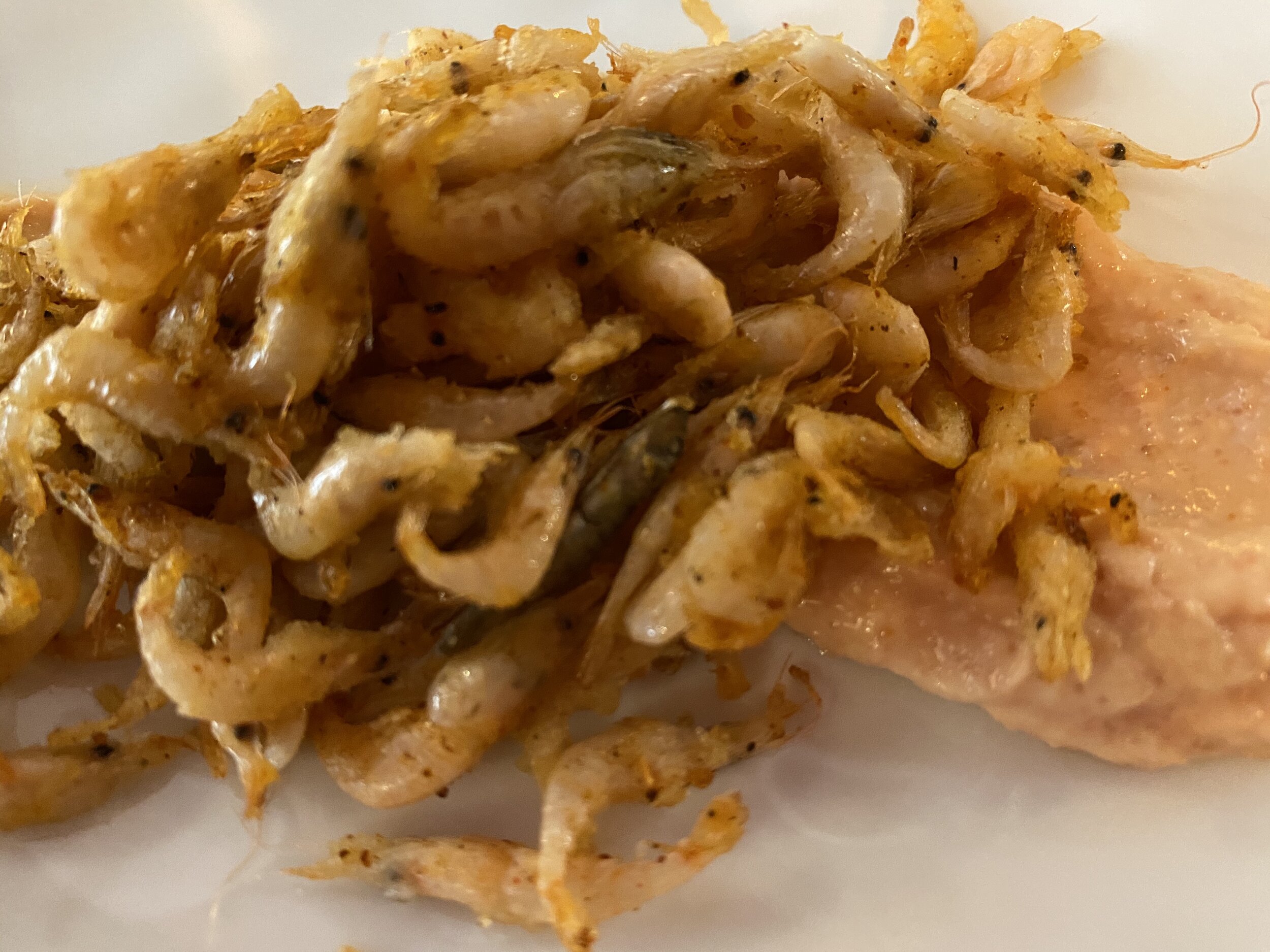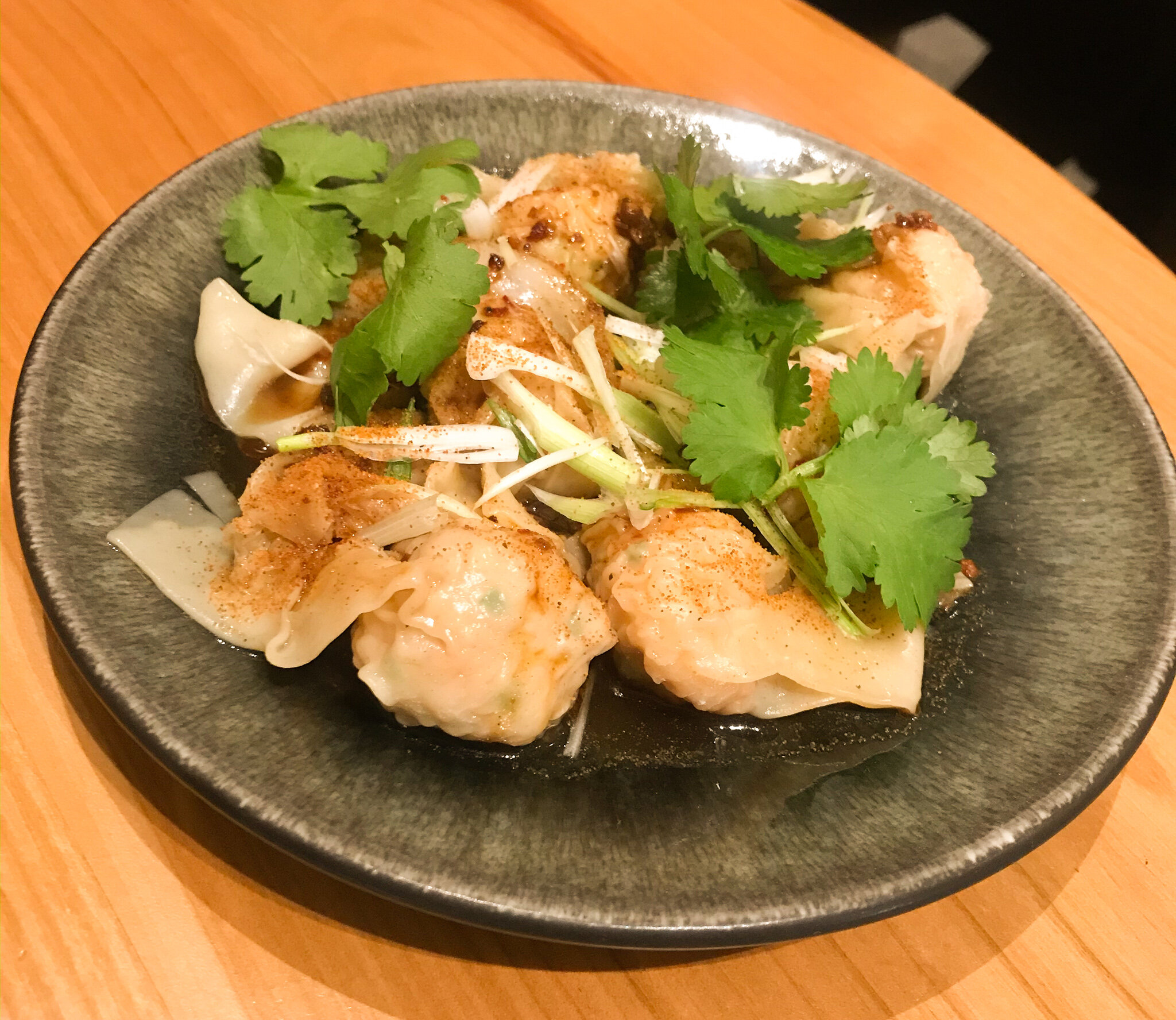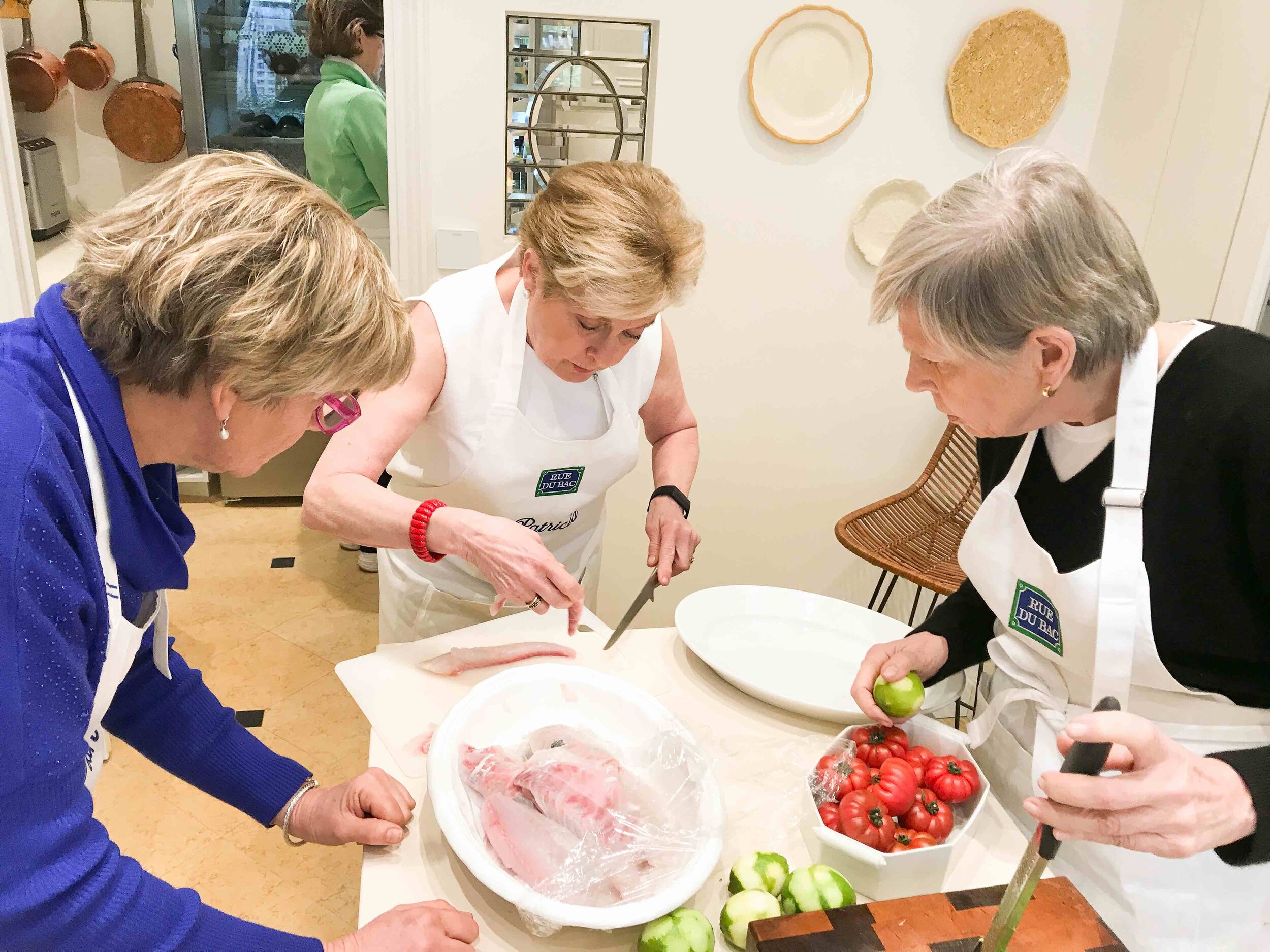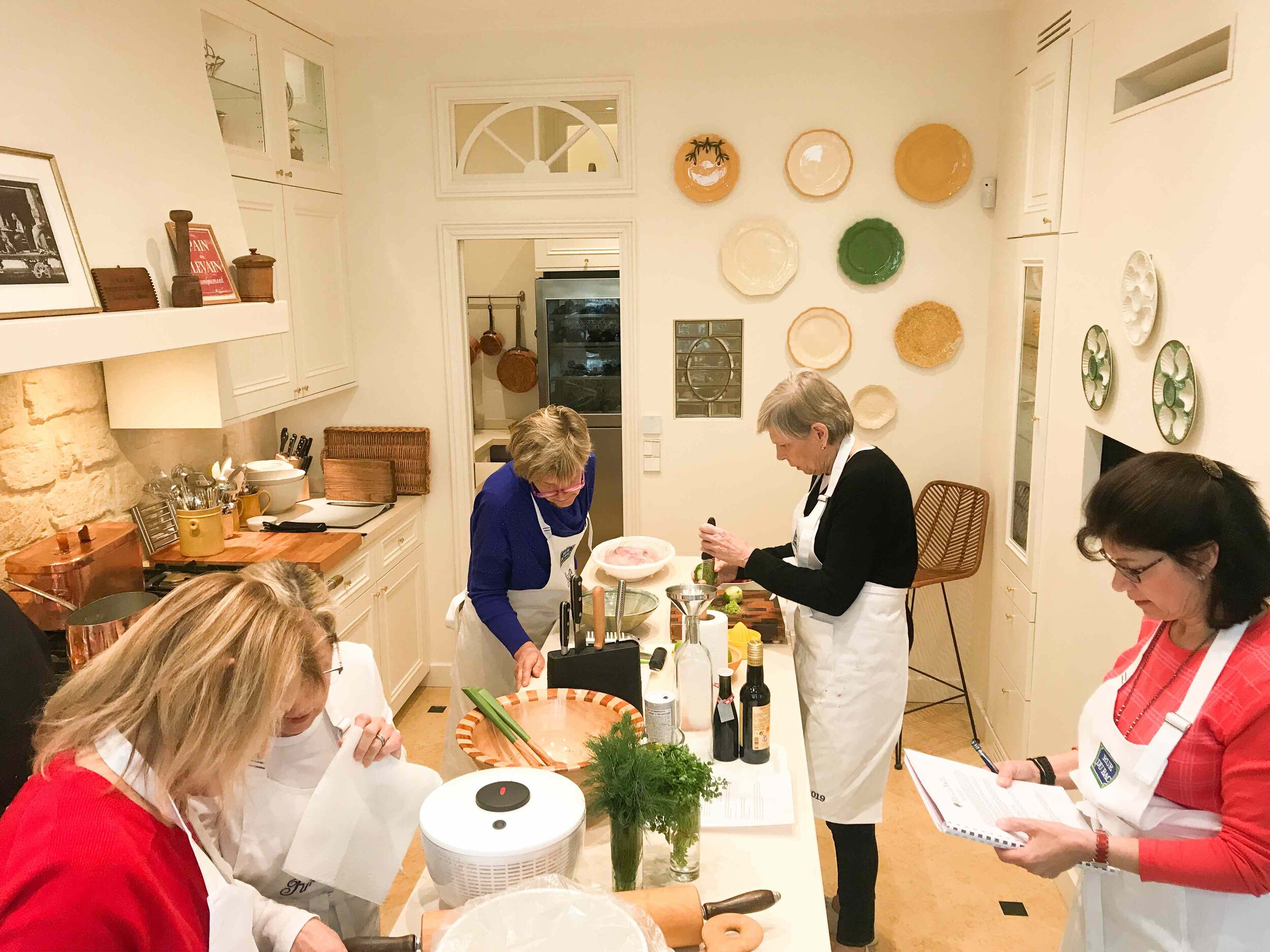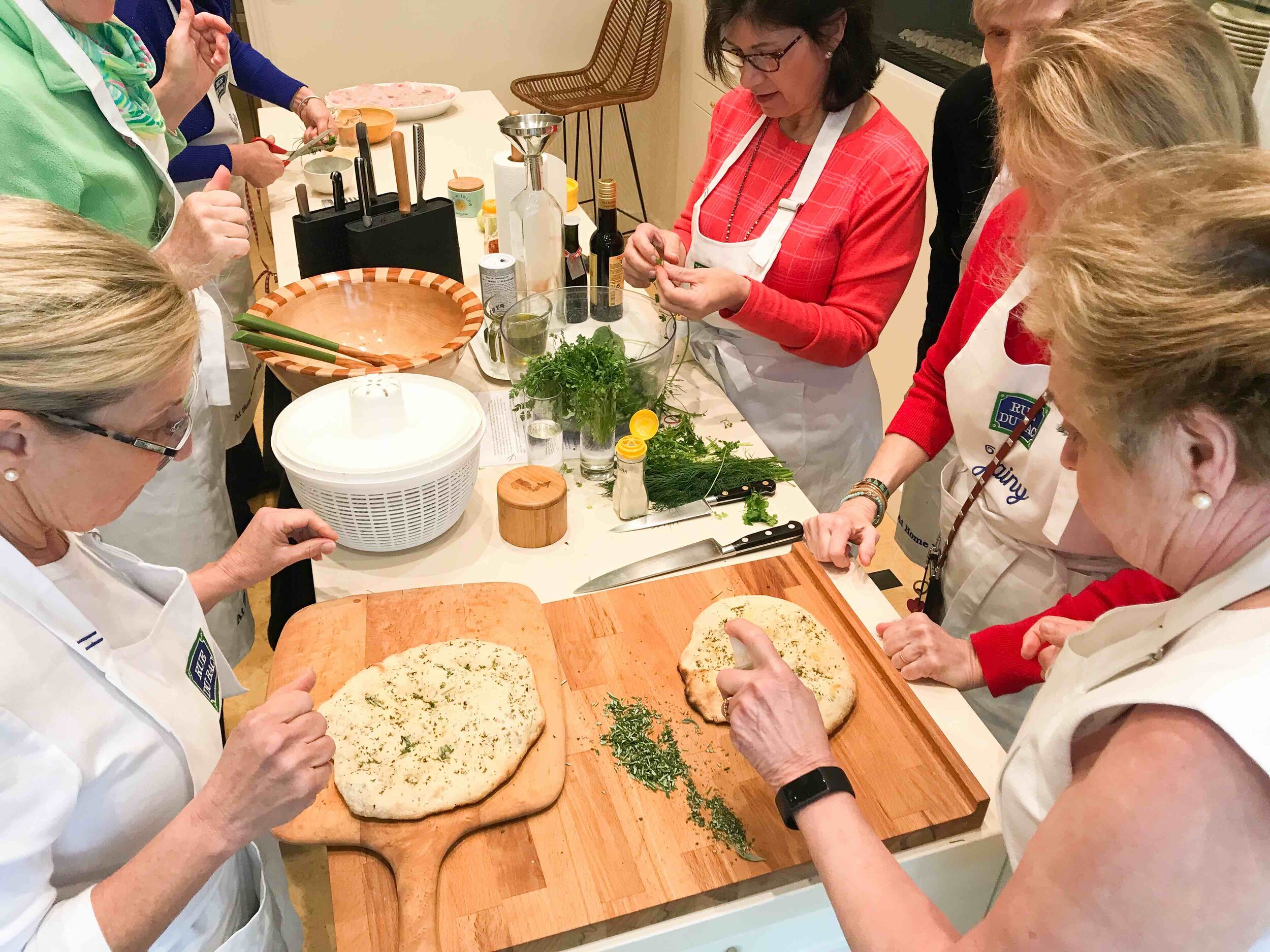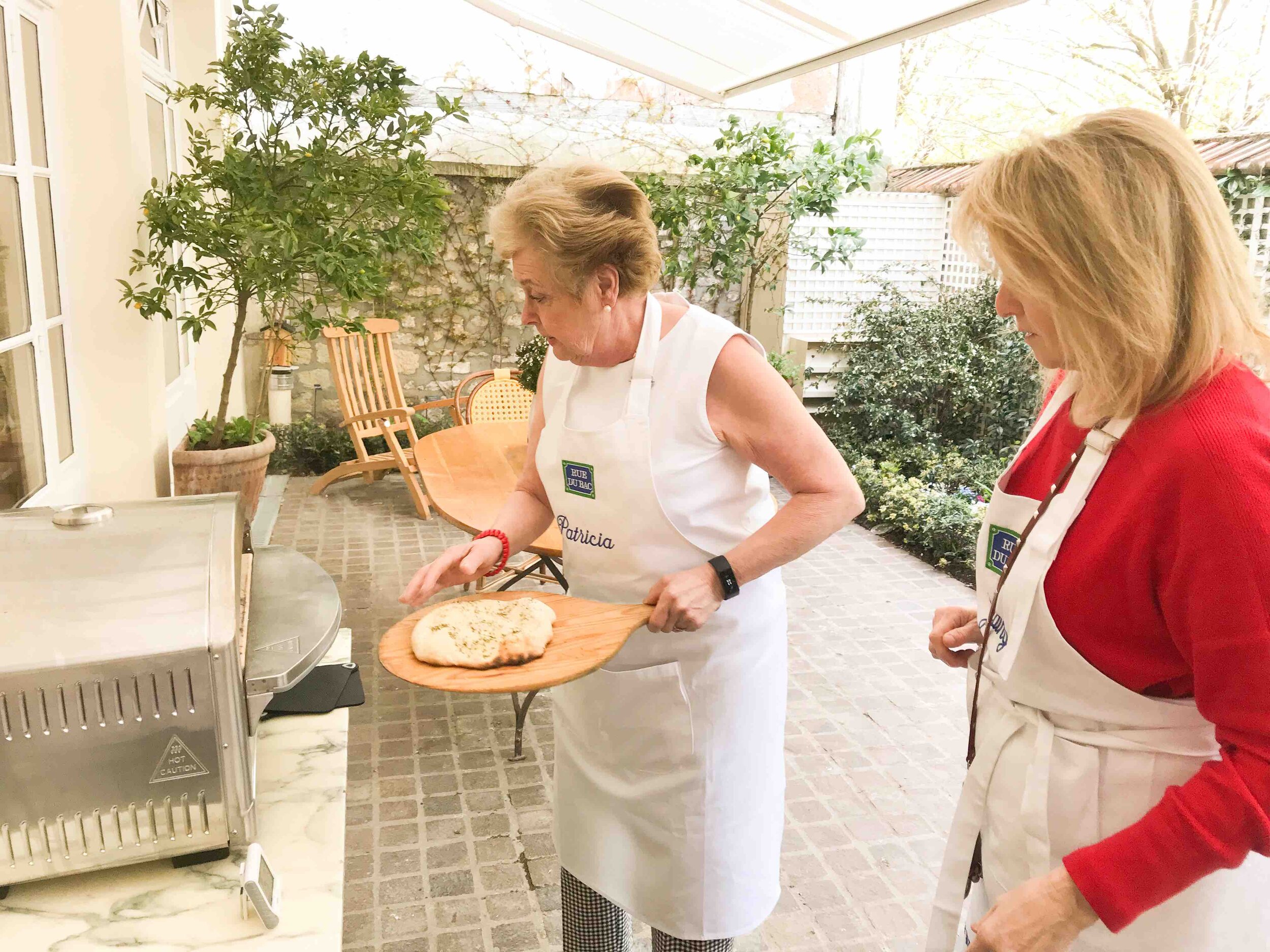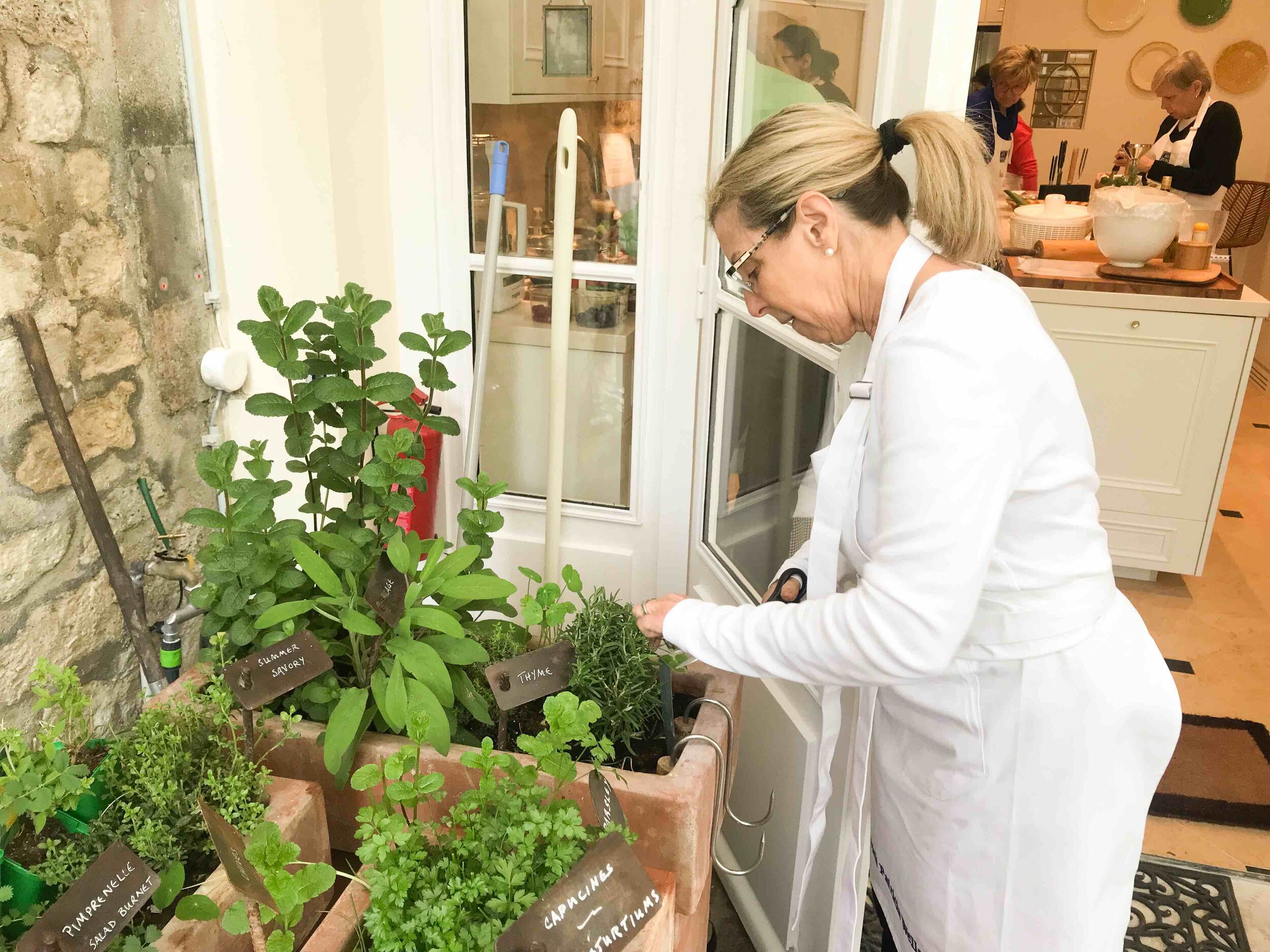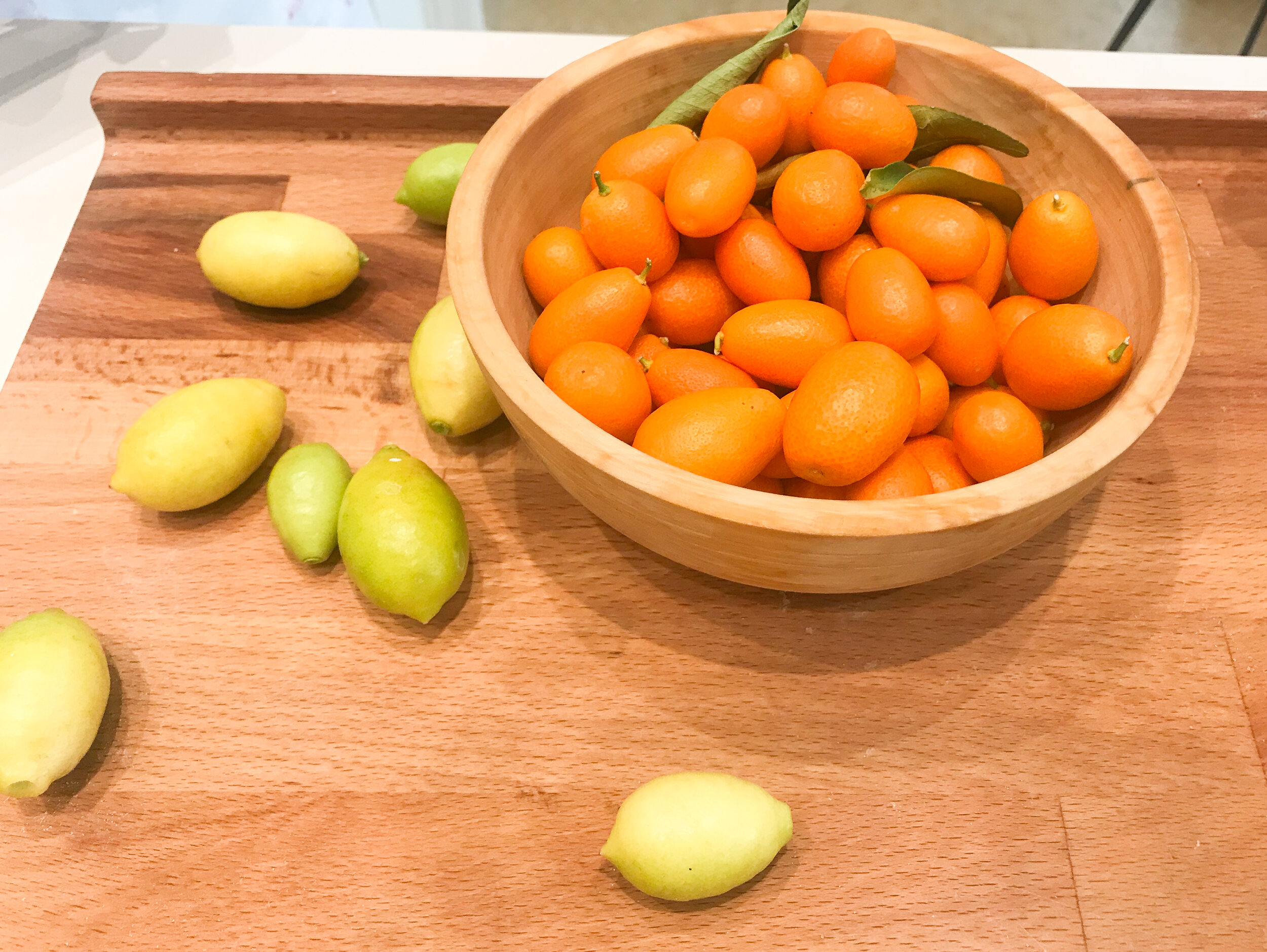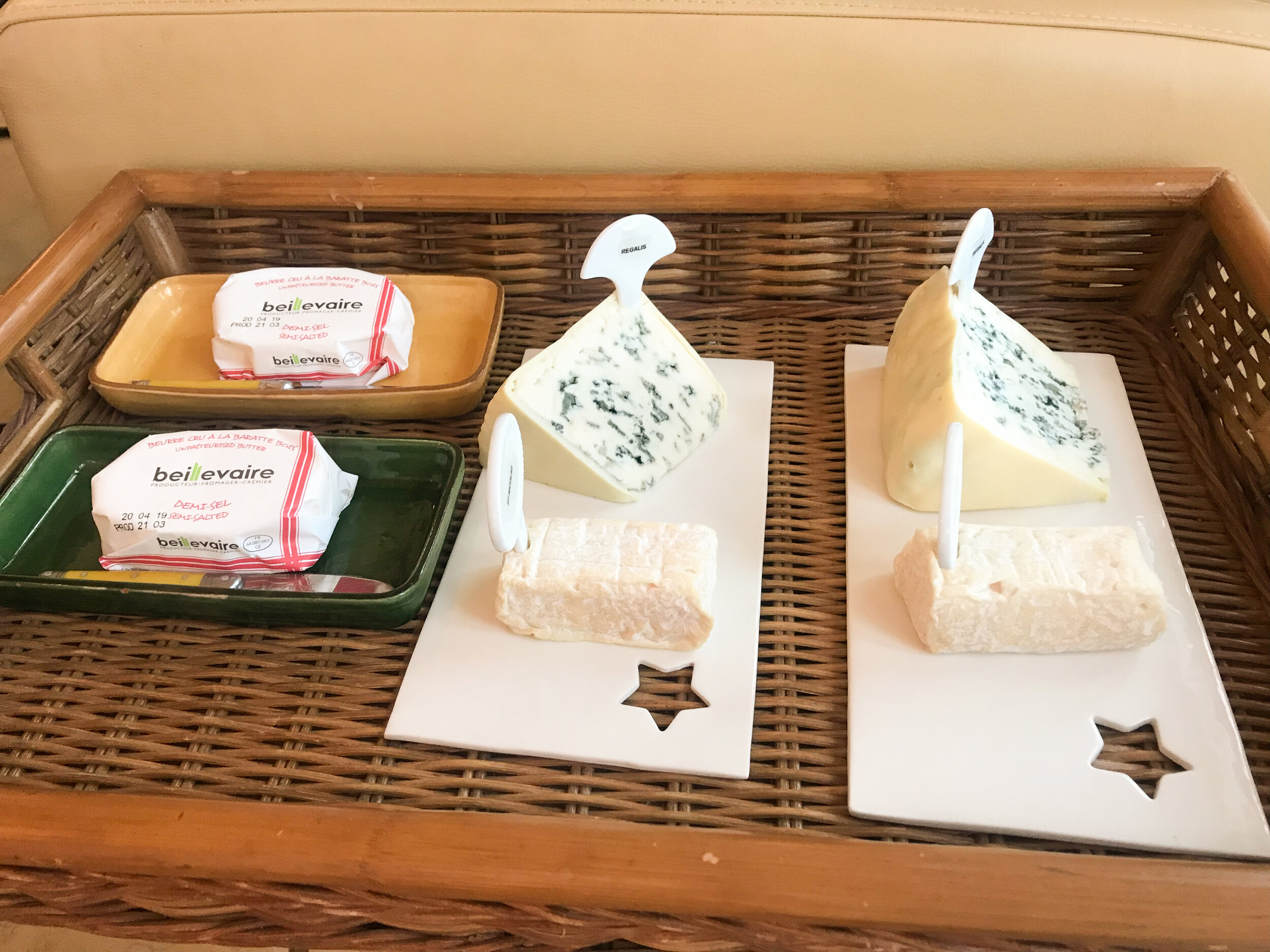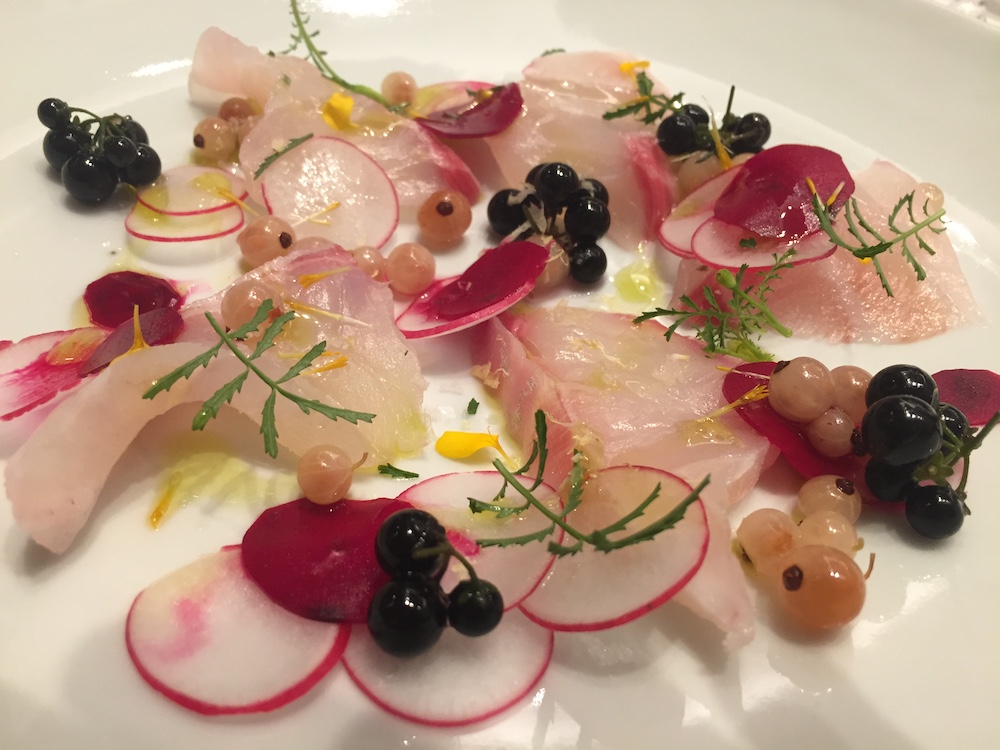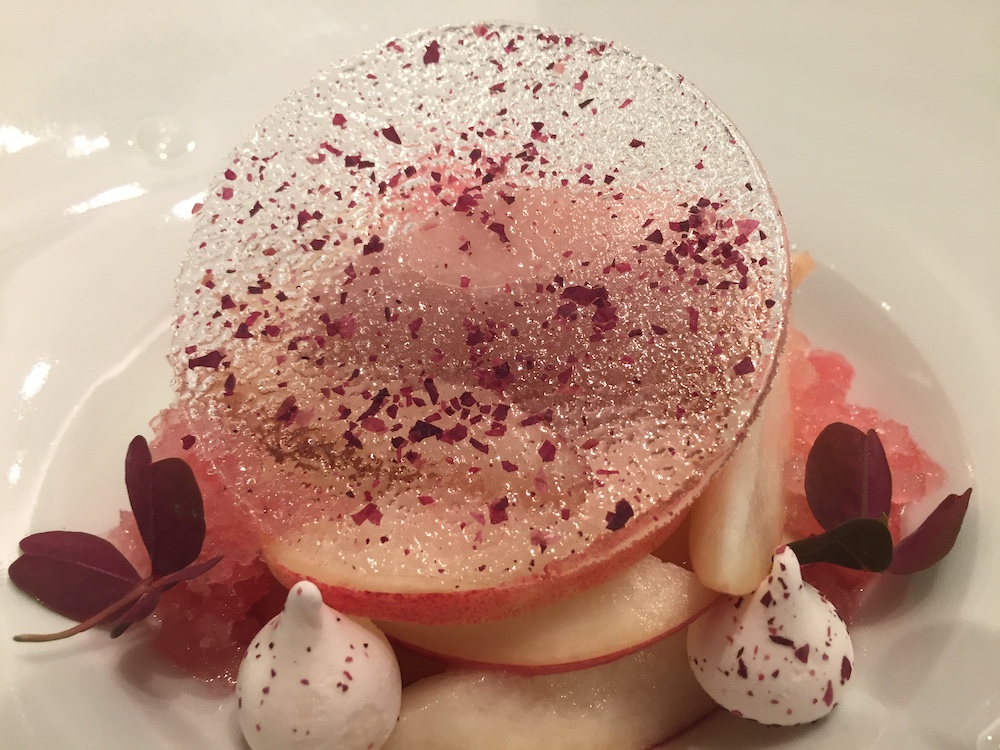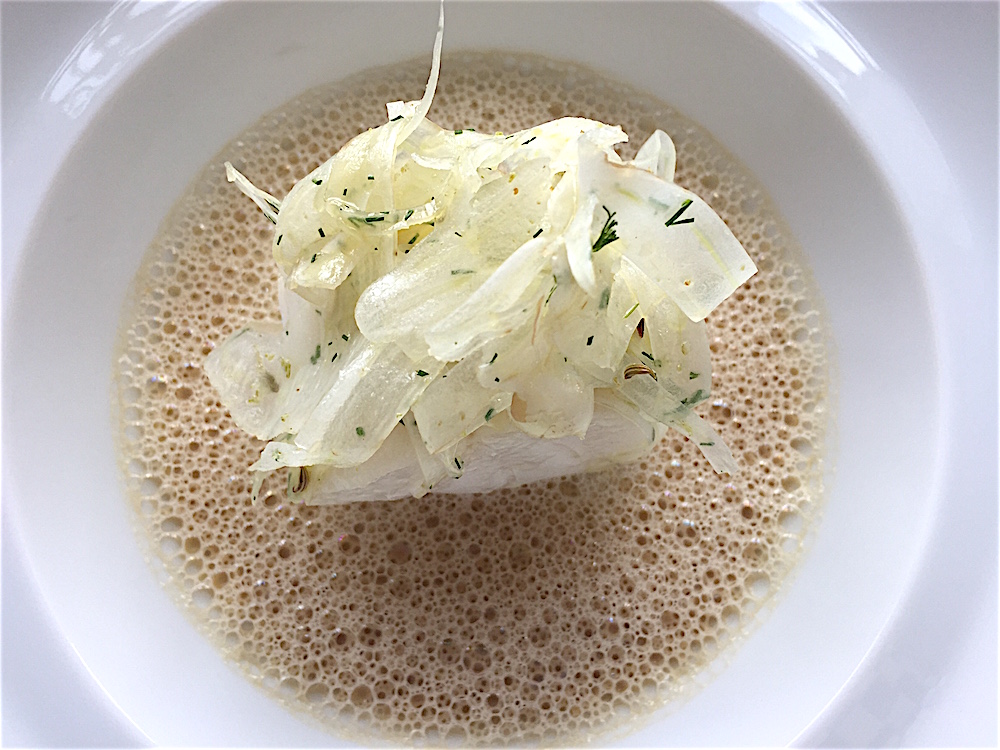Summertime is almost officially upon us. And with France having been unseasonably warm this spring, we dusted off our ice cream makers early to play around with making ice cream a little more planet-friendly and kinder on our health at the same time. We have ditched the cream for sheep’s milk yogurt and swapped out sugar for organic honey (using honey from my own hives!) to create a tangy yet still creamy frozen-yogurt style ice cream. It couldn’t be easier to make and we’ve included 3 variations for whatever seasonal fruit you have on hand. These recipes really require an ice cream maker to prevent the yogurt from crystallizing as it freezes. But don’t worry, if you don’t have one, we’re going to be posting some no-churn (non-dairy) ice cream recipes next week!
When used sparingly, sheep’s milk yogurt from an organic, small scale farm is an interesting alternative to industrial cow’s milk as it contains a higher amount of milk solids meaning it uses half as much milk to produce the same amount of end product. Sheep that are grazed in a sustainable farm system can actually help to regenerate soil health on land that is not suitable for growing crops, another reason why choosing your source is important.
HONEY AND LEMON FROZEN YOGURT
Makes 1 quart (1 l) 12 servings | Equipment: An ice-cream maker; 12 ice cream bowls, chilled in the freezer
Ingredients
1 quart (1 l; 1000 g) full-fat plain Greek-style organic sheep’s milk yogurt
1/4 teaspoon fine sea salt
1/2 cup organic honey (see note)
2 tablespoons freshly squeezed lemon juice
Freshly grated zest of one organic lemon, for garnish
Method
In a large bowl, combine all the ingredients and whisk until well combined. (The mixture can be prepared up to 1 day ahead before freezing.) Transfer to the ice-cream maker and freeze according to the manufacturer’s instructions. Eat like soft serve or transfer to an airtight container and chill in freezer for 4 to 5 hours. At serving time, garnish with lemon zest.
Note
If the honey is very firm, place in a pan on low heat until liquefied. Let cool before combining with the yogurt.
Variations
PEACH FROZEN YOGURT
5 peaches (15 lb; 500 g), halved, blanched in boiling water to remove skin
½ cup (100 g) organic unrefined muscovado cane sugar
2 cups (250 g) full-fat plain Greek-style sheep’s milk yogurt
2 teaspoons peach liquor (optional)
Skin and quarter the peaches, discarding the pit. In a medium saucepan, combine the peaches and sugar and cook over moderate heat until the peaches are soft and the mixture well combined, about 10 minutes. Set aside to cool. Just before churning the mixture, add the peach liquor and yogurt. Transfer to the ice-cream maker and freeze according to the manufacturer’s instructions.
STRAWBERRY FROZEN YOGURT
1 pound (500 g) fresh strawberries, rinsed and hulled
½ cup organic unrefined muscovado cane sugar
2 teaspoons kirsch (cherry liqueur) optional
2 cups (250 g) full-fat plain Greek-style sheep’s milk yogurt
1 teaspoon freshly squeezed lemon juice
In a bowl, combine the berries, sugar, and kirsh. Let stand for 1 hour. In a blender, puree with the yogurt and lemon juice. Refrigerate at least 1 hour. Transfer to the ice-cream maker and freeze according to the manufacturer’s instructions.
CHERRY FROZEN YOGURT
1 pound (500 g) cherries, pitted
½ (125 ml) cup water
½ (125 ml) cup liquid organic honey
1 teaspoon freshly squeezed lemon juice
1 teaspoon kirsch (cherry liqueur), optional
2 cups (250 g) full-fat plain Greek-style sheep’s milk yogurt
In a saucepan, combine the cherries, water and honey and cook over low heat until the cherries are very soft. Transfer to the small bowl of a food processor and process until smooth. Combine with the lemon juice, kirsch, and yogurt. Chill. Transfer to the ice cream maker and freeze according to manufacturer’s instructions.
This is a Nourish the Planet recipe, part of a collaborative series by Patricia Wells and Emily Buchanan.
© 2020 – All rights reserved. Please do not reproduce without permission.
Find our more here about why we created this series.

















